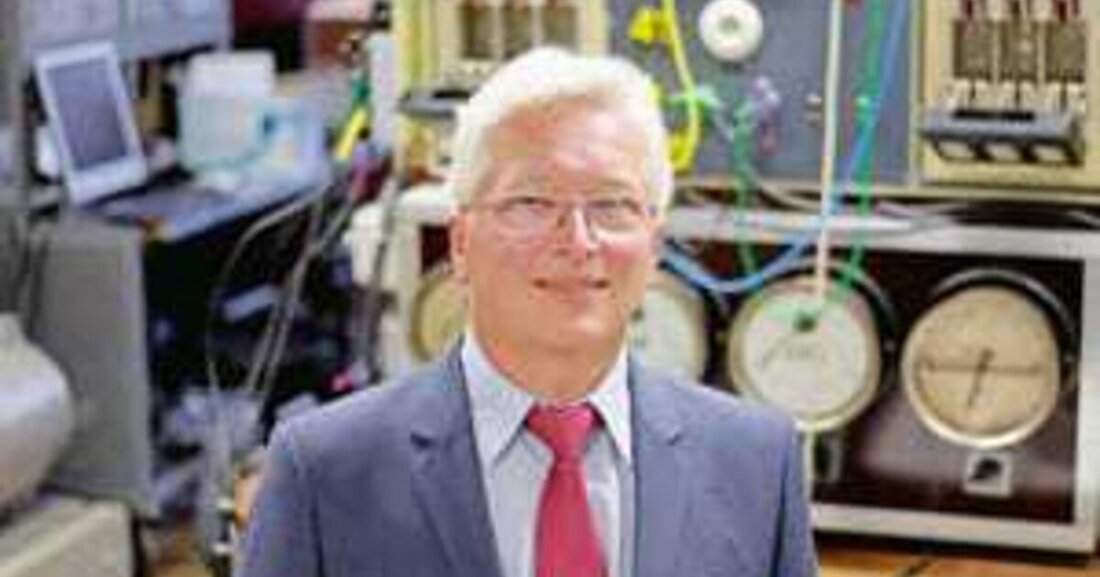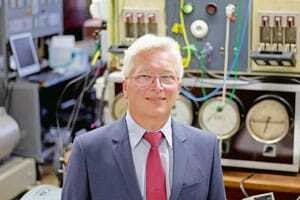Only five more years until the breakthrough”
Manfred Schrödl, head of the Institute for Energy Systems and Electric Drives at the Vienna University of Technology, is convinced that the transport transition from combustion engines to electric vehicles will take place in the next five years.

Only five more years until the breakthrough”

Motor vehicle economy: Professor Schrödl, the range of affordable electric cars suitable for everyday use is still very modest today. Why is that?
Manfred Schrödl: On the one hand, the batteries are still relatively expensive due to the low number of units produced, and on the other hand, the engineers at the major European OEMs are on the brakes. These are mostly experienced mechanical engineers who do not want to voluntarily give up their established, previously successful technology.
Will this change in the next few years?
Absolutely, because the prices for vehicle batteries are falling faster and faster. With the opening of the Tesla Gigafactory in 2016, there will likely be another significant price drop of around 30 percent. The next generation of Tesla battery cells will have about a third more capacity than today's batteries at the same cost. In five years, a Tesla will either be a third cheaper to produce or will be able to travel 750 kilometers at the same cost as today.
Still, only a few people will be able to afford a Tesla, even if it is a third cheaper...
Tesla has announced its compact Model 3 for 2017, which will have a range of over 300 kilometers and will cost around 30,000 euros. At the same time, Chevrolet wants to offer its Bolt EV model with the same performance and range even cheaper. This means that electric cars will also be priced competitively with well-equipped petrol or diesel vehicles. Instead of spending money on sports rims or leather seats, I just buy an electric drive.
A question often asked by e-mobility critics is: Where will the electricity come from if everyone switches to electric cars?
In fact, an electric vehicle only requires around a quarter of the energy of a diesel vehicle for the same distance. Now the electricity should not be produced in fossil power plants, but ideally come from sustainable sources. With just a 40 square meter photovoltaic system, I can cover the annual electricity needs of a household, including an electric car. The spread of electromobility will therefore come from commuters who can charge their cars at home.
Seen this way, it is only logical that Tesla boss Elon Musk also produces electricity storage devices for households in his Gigafactory. In Austria, these Powerwalls are sold by the company Fronius, which produces photovoltaic inverters with smart meters in Upper Austria.
Many large European manufacturers are currently trying to bring hybrid cars to customers. Is this combination of combustion engine and electric motor a sensible interim solution?
I don't see it that way. This only combines the disadvantages of the two systems. The major manufacturers are currently trying vehemently to save their investments in complex production facilities for combustion engines and are missing the train towards the future. Instead, more and more small, innovative companies are venturing into the field of e-mobility because the technology is significantly less complex and therefore easier to master.

 Suche
Suche
 Mein Konto
Mein Konto